Introduction to: Lunging
Lunging is a powerful training tool that can be used to work on a variety of behavioural issues as well as preparation for ridden work. Here are the basics.
There is a great deal you can do with lunging and lots of different ways to do it. Here are the basics to get you started.
Equipment
Before you start lunging your horse, you are going to need some basic equipment.
A simple headcollar or lunge cavesson are appropriate for most basic lunging exercises. For safety we recommend that you don’t use anything that will tighten around the horse’s face such as a pressure halter. These can cause damage if the horse were to spook or panic.
A lunge line or long lead rope will work for lunging. Nylon or rope lines can cause burns if the horse gets scared and pulls. A cotton line is much nicer on your skin and weighs less than rope as well. Weight is important as it will determine how much pressure is on your horse’s head ‘by default’. You can also get leather lunge lines. Ultimately what material you choose and exactly what length are down to personal preference but make sure it is lightweight enough and long enough for you to use safely.
It is traditional to use a lunge whip for lunging. However, the role of a whip in lunging should be as an extension of your arm to make your signals clearer and ideally should not have to make contact with the horse. A lunge whip can be harder to ‘control’ as it has string at the end of it. They can also be quite heavy.
A schooling whip is just as good for giving clear signals and doesn’t have the disadvantages of a lunge whip. You can also use the end of your lunge line or even just your body language but a whip is best to begin with or if you don’t know the horse well. This is to avoid miscommunication and keep you safe.
A pair of gloves! This is up to you but a pair of gloves will save your hands in the event of a spook or unexpected reactivity.
Space
You can really lunge anywhere with an appropriate surface, including your horse’s paddock. However a smaller enclosed space such as a school is safest to start with. Make sure the space isn’t too small if your horse is not used to lunging, young, stiff or unbalanced as they might struggle. But also make sure it isn’t too big or the horse might be tempted to make the circle wider and wider!
Vocal Cues
Decide on some vocal cues. Try to make each cue sound distinct. For instance you might want to say “trot on” in a high-pitched voice and lengthen “walk” to “wa-alk” and make it lower. This is entirely up to you. Choose cues that come naturally to you so that you can be consistent.
Whatever vocal cues you choose remember that they are not going to only be for lunging! You should use these same voice cues when riding, doing other groundwork, liberty work, trick training or in any other context as well. The more consistent you are across contexts, the easier it will be for your horse to understand what you want.
Body Language
Lunging is achieved through negative reinforcement (pressure-release). And one of your most powerful means of communication with your horse while lunging is your body language. Stepping away from your horse will usually cause them to turn in and slow down while stepping towards them will encourage them to move out. In addition stepping towards the back end of their body, behind the shoulder, will encourage them to go forwards and stay on a circle around you while stepping out in front of them might cause a change of direction.
These responses are instinctive to most horses even if they’ve never been lunged before. But they won’t be instinctive to you! If you find that your horse just won’t seem to go in a circle, try taking the lunge line off entirely and experiment with your body position while your horse is loose. You’ll soon get a feel for how your horse responds to your movements.
You can also come up with your own physical cues to signal to your horse. For example you can raise your hand to ask the horse to slow down. Cues like this have to be learned just like vocal cues do. So you must keep them consistent and apply them across contexts.
The Line and Whip
The primary role of the line is simply to keep your horse near you. As you become more advanced in your technique, however, you’ll discover that you can ask for a lot more subtle behaviours using the line. For instance you could use it to ask your horse to stretch down.
You should aim for the line to be slack but not touching the ground. Of course there will be variation in tension while you are both still learning or when you ask for something specific, and that’s ok. However it’s really important to try to keep the line off the ground for safety. If it gets tangled up in your horse’s legs it can cause a bad reaction or trip your horse up!
The whip’s more obvious purpose is to back up your cues if voice and body language fail. It’s really important not to overuse the whip and to always ask with your other cues first. This way your horse won’t start to ignore your subtler cues. The only time it might be necessary to actually touch your horse with the whip is if they come in too close. You can then use the whip as an extension of your arm to push the horse’s body away.
As your horse becomes more sensitive to your various cues, you’ll be able to use the whip to ask for more complex behaviours such as more bend or getting the horse to step sideways.
Positive Reinforcement
Lunging is primarily a training tool that uses pressure and release. However, you can also use rewards such as treats to reinforce your horse while on the lunge. For example the most difficult thing to teach a horse on the lunge is sometimes a simple stand without turning in. Using positive reinforcement can really make a difference here.
As your lunging becomes more advanced, you will likely start to do more work in-hand closer to the horse. This is when positive reinforcement can really come into its own. You can now gently elicit a behaviour and then reward the horse with a treat to reinforce it.
Your Position
Though your exact position will vary, you will want to keep the lunge line in the hand closest to the horse’s head and the whip in the other, closest to the horse’s tail. You should keep the slack of the lunge line in your whip hand so that it is out of the way.
Take care that you aren’t in danger of getting tangled up in the line and never, ever wrap the line around your hands or any other part of your body! This is extremely dangerous and could even kill you if something were to go wrong unexpectedly.
Lunging
Your horse should move around you in an approximation of a circle. However you should not stand still in the centre! To aid communication and keep the conversation going with your horse, you will find yourself moving constantly and adjusting your body language, usually following a much smaller circle while facing your horse.
Lunging can be used to do lots of things but its most powerful potential is in how it teaches both you and your horse to have a conversation with each other using body language and your physical connection through the line.
Of course you can stand still in the middle and teach your horse to run around you, while you stay facing the same way, and ignore them. This might be a neat trick, but if you want to use lunging to build trust and understanding between the two of you, you need to do some work as well!
When you first ask a horse to lunge, never push them too hard. Try to very gently ask the horse to walk on and only escalate the pressure if they are ignoring you but appear relaxed. You don’t want the horse to be frightened. You only want to impose on the horse enough with your pressure that they decide to move away. A frightened horse is dangerous and could even decide to turn and charge you to defend themselves. It’s also simply not our goal to have a fearful horse!
Be sure to change direction frequently and give the horse the same amount and type of exercise going both clockwise and anticlockwise. All horses are asymmetrical but you can make this worse with one-sided lunging. Also take care not to try to correct an asymmetry by lunging more on one side or the other. The solution to an asymmetry is rarely as straight-forward as that and you can make it worse!
Need for Speed
Horses are powerful animals and a lot of people take pleasure in seeing a horse run and demonstrate their strength. But don’t be tempted to send your horse round in a gallop – or even a canter at first.
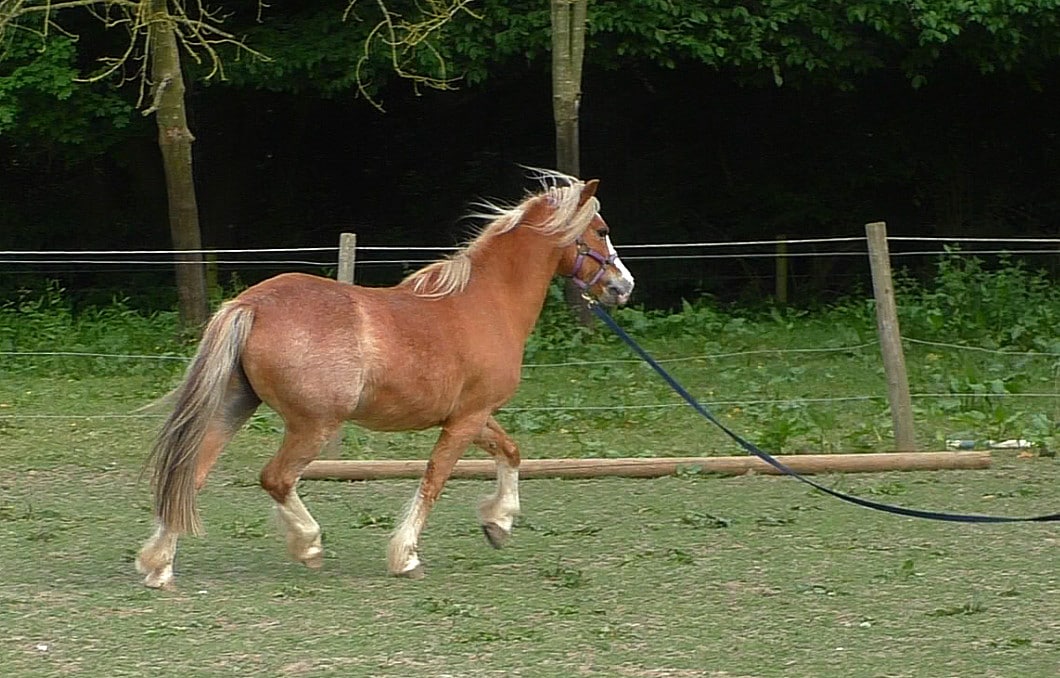
When you first introduce lunging to your horse, it’s good to spend plenty of time in a relaxed walk and trot over many sessions. Establishing a relaxed rhythmical gait is difficult enough at the walk without making your horse anxious or excited or causing them to lose their balance by asking for too much too soon.
Why Lunge?
Lunging is a very powerful tool for addressing and assessing many different behavioural problems from bucking to confidence issues. Its advantage over long reining is that it is more intuitive for the horse and enables more back and forth between horse and handler. This, coupled with its less intimidating orientation (from the horse’s point of view) makes it a useful stepping stone for confidence building. It is also potentially safer and allows both you and the horse more independent maneuverability.
If your horse is responsive and remains relaxed, lunging will give you a way to strengthen your horse and improve their balance and suppleness in preparation for ridden work and more advanced exercises. For instance lunging exercises can help with getting your horse to move better and with building topline.
Though lunging is intuitive to the majority of horses, it is also quite easy for them to pick up bad habits. It is a good idea to address problems early before they have a chance to become serious. If you find that you are having difficulty with any aspect of lunging, it is worth asking a professional for assistance.

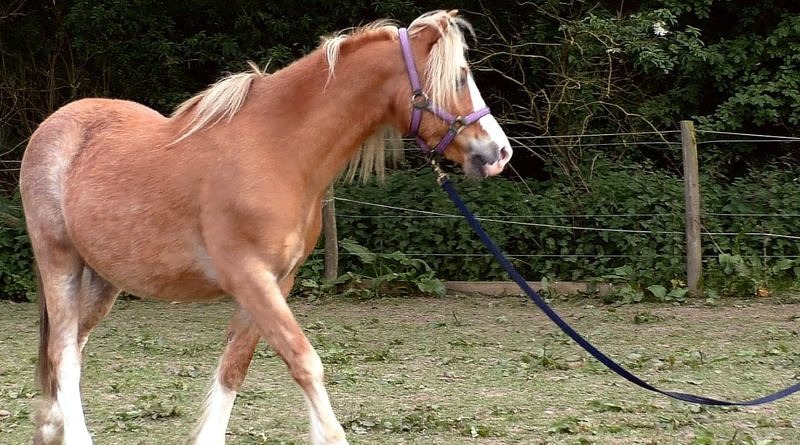

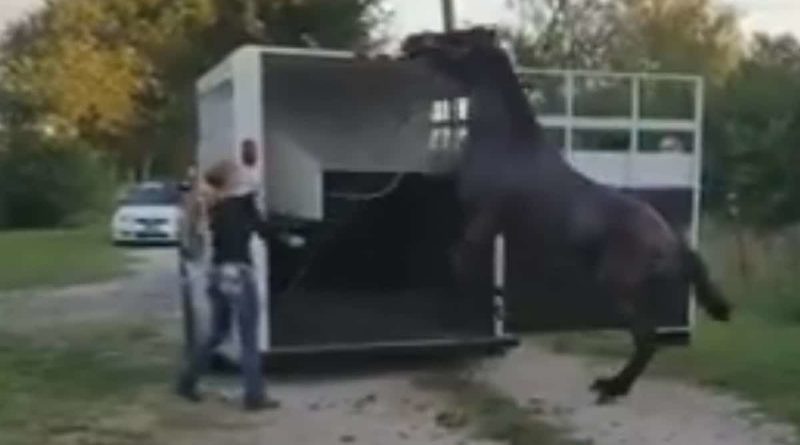
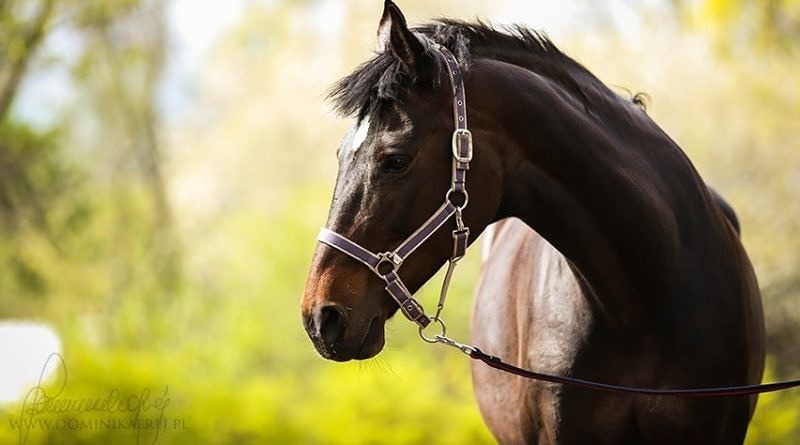

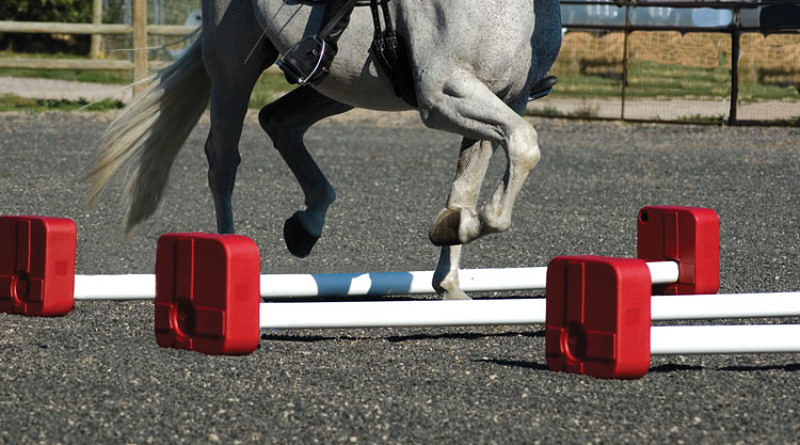
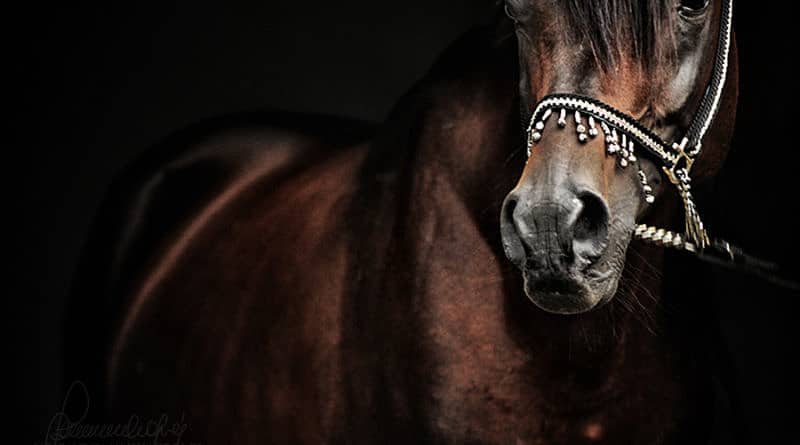
Pingback: 3 Things You Need for Training Your Horse - Pets Health Foods